It almost seems like a sanctuary, hidden deep in the mountains. Great staircases wind up the mountain, a small lake glistens in the sunlight, bare mountain peaks bore out of deep green forest into the blue sky. Welcome to the most attractive karst cave in the world with its magnificent stalactite sculptures and highly enigmatic wildlife. This is the Postojna Cave in Slovenia, a fabulous, 24-kilometer labyrinth that is impossible to explore on foot not far from the capital Ljubljana.
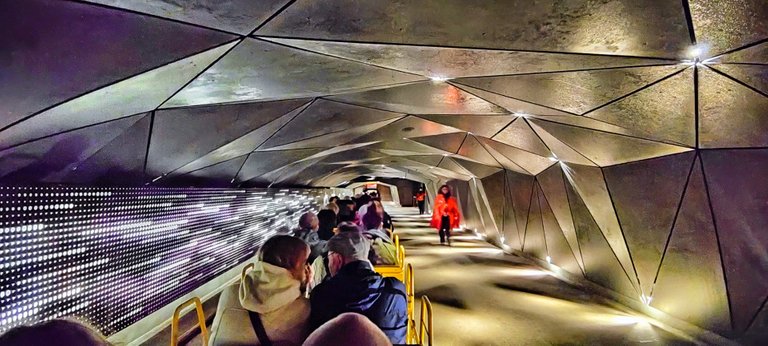 The underground train station
The underground train station
That's why a train goes into the mountain. For 140 years now, the cave train has been traveling inside the cave, first it was a man-drawn train, then it was powered by steam boilers, but finally it was electric. Those who want to embark on the unforgettable train ride and experience the imposing underground paradise must conquer the chaos that seems to reign outside the entrance. People upon people crowd here, and only very slowly does order return. Then the train arrives, disgorging the 700 visitors of the last round. And all is well. Go on board, sit down and look to the wonderland.
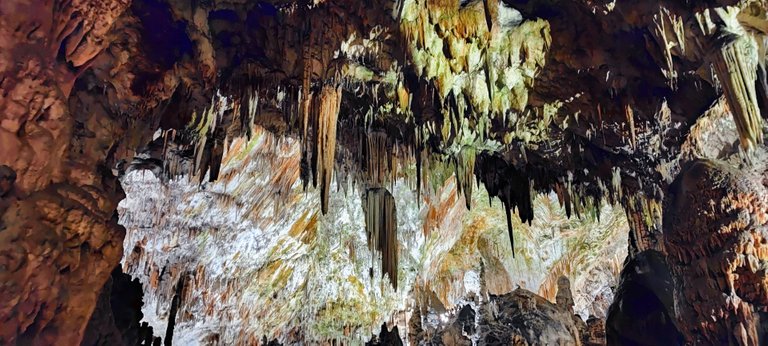 The roof of the underground
The roof of the underground
A cave with his own Brilliant
A ride into the darkness begins and back into a breath-taking underworld formed over millions of years from tiny droplets, in the center of which stands a five-meter-high and gleaming white stalagmite, which they call the "Brilliant". With all its splendor, this white sculpture represents the symbol of Slovenian karst: Postojna is the most visited show cave in Europe, the home of the grotto olms, a subterranean city of stalactites, corridors, galleries and halls that attracts half a million visitors year after year.
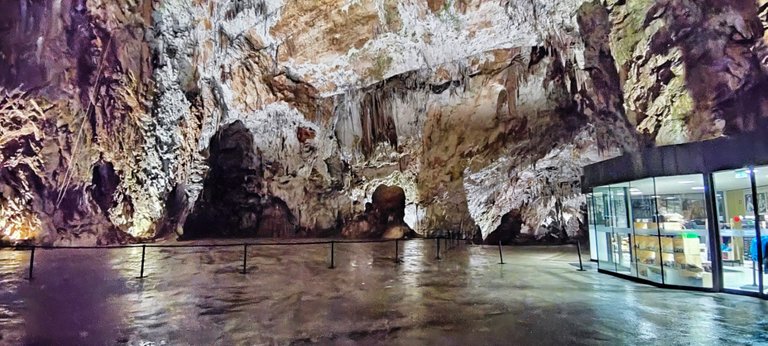 A huge cave with a small shop
A huge cave with a small shop
Formerly known as the Adelsberg Grotto, the underground world was discovered more than 800 years ago. In 1213, however, no one was really interested in the cave complex. As late as 1689, Johann Weichard of Valvasor described the "Adelsberg Cave" in his work "Die Ehre dess Hertzogthums Crain" as small and uncluttered. Until 1818, only a few hundred meters behind the entrance of the cave were known.
 The Olm, pictured by me
The Olm, pictured by me
This changed with Emperor Francis I of Austria, who announced a visit. During the preparations, the light keeper Luka Cec discovered other parts of the cave complex, which over the years were opened up and made accessible to visitors. In 1824, the first dance events were held in a part of the cave about 500 meters from the entrance, which is now called Kongresna Dvorana ("Congress Hall"). Since the completion of the railroad Vienna-Laibach-Trieste in 1857 the number of visitors increased considerably.
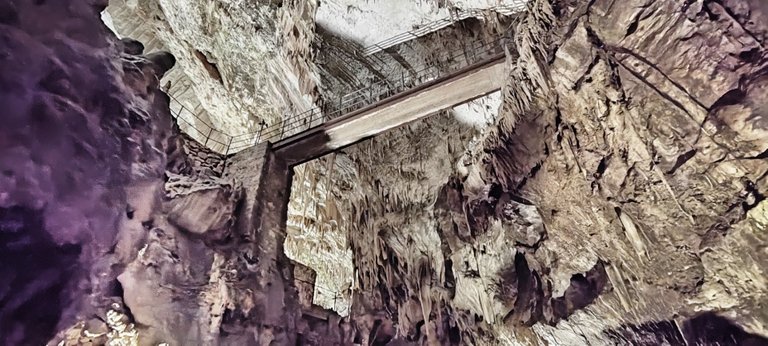 Russian bridge
Russian bridge
Train in the underground
Already since 1872, twelve years before the first electric light was installed, the first tracks of the railroad line through the cave system were put into operation. In the beginning, the wagons were pushed through the cave by hand by the cave guides. In 1914, traction engines with internal combustion engines were installed, which were then replaced by electric trains in 1959.
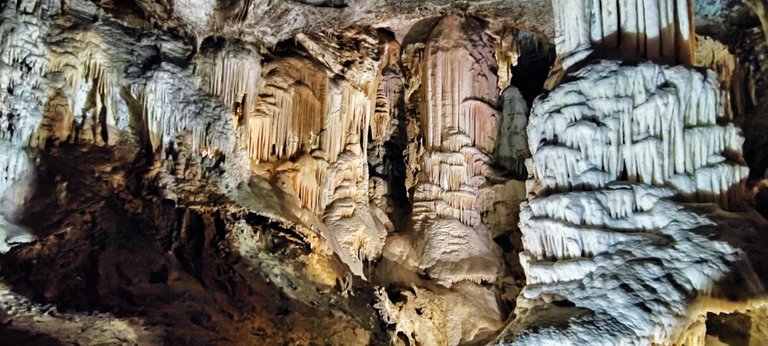 Stalaktites everywhere
Stalaktites everywhere
Fortunately, because without the small wagons that transport you 3.7 kilometers into the mountain, you would hardly get to where the natural wonders are waiting: Deep under the earth, after you have left the small train at a large station in a huge reception cave, you can walk 1.5 kilometers through huge halls and narrow corridors. A guided tour lasts about 90 minutes.
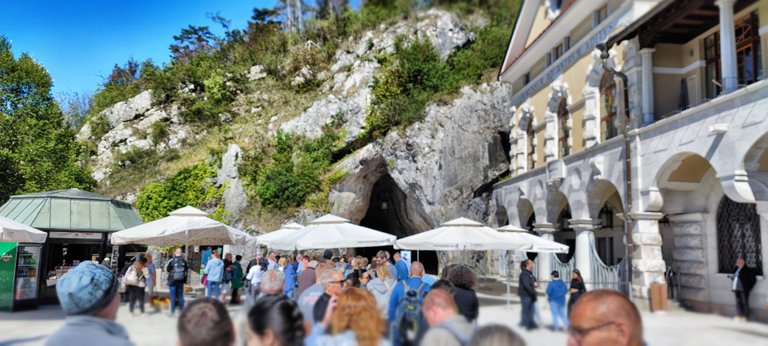 Before the doors to the abyss
Before the doors to the abyss
Over the centuries, this magical underworld has amazed more than 39 million visitors. Above all are large stalactites and artificial light conjures up the various facets of the grotto, which in Italian is called Grotte di Postumia. Only the Jeita Grotto in Lebanon is bigger than this hole in the mountains, but who can get there?
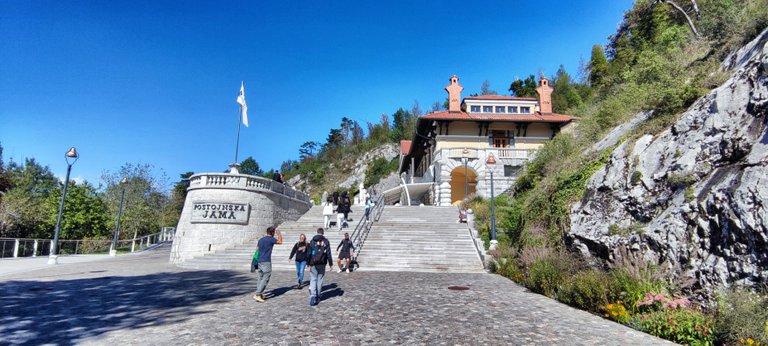 It looks like a temple, a little bit
It looks like a temple, a little bit
Under the surface, over the river
Moreover, the cave system here is divided into three levels. At the very bottom, the Pivka River flows through the mountain, which can sometimes be seen from above, while you yourself are actually at the bottom. Connected by the underground course of the Pivka River to form a cave system are Pivka jama, Otoska jama, Magdalena jama, Črna jama and Planinska jama, a whole chain of dripstone caves, some of which are protected as World Natural Heritage sites.
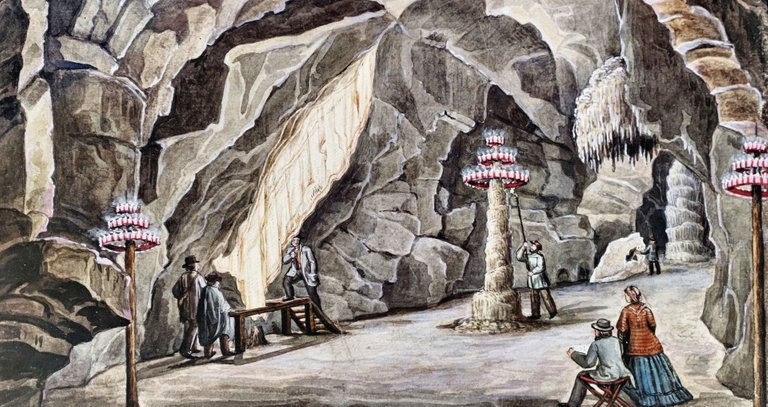 A sketch from the early days
A sketch from the early days
Unique is the wildlife down here. The cave is home to the grotto olm (Proteus anguinus), an enigmatic, blind and particularly shy animal, found only in the Dinaric Mountains. In one pool you can see the olm, a white, motionless animal that ignores curious glances. In 2016, researchers here achieved a great success: 21 grotto olms hatched from their eggs. Other animals here, however, are even more inconspicuous. In total, 175 species of animals are said to live in the Postojna cave system. Except for the olms, not one of them can be seen.
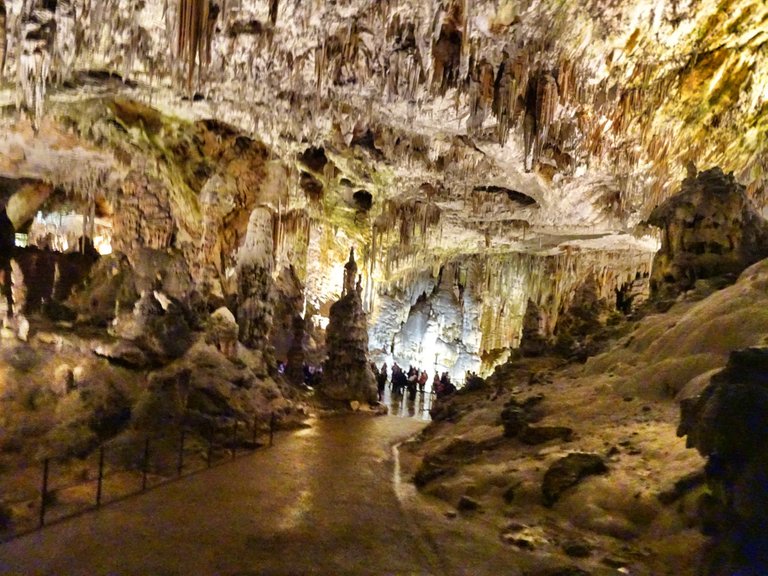 Wide paths
Wide paths
Man made russian bridge
However, all of them have been living here for ages. The cave system has been dated according to the deposited sediments, which gave an age of up to 900,000 years since its formation. At that time, the Pivka sawed its way through the very pure limestone, which is eroded by water to a much greater extent than the sandstones and mudstones of the rest of the mountain range. Not everything in the cave is of natural origin, however: the Russian Bridge, for example, was built by Russian prisoners of war during the First World War. Before that, exploration of the cave system behind it was virtually impossible.
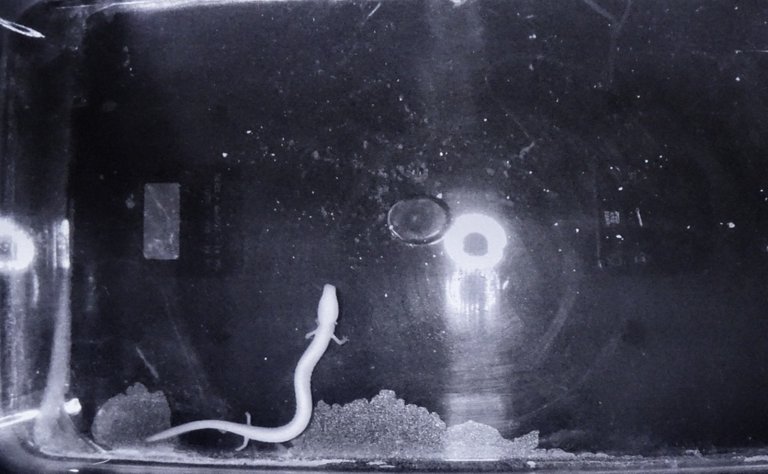 The magic Olm
The magic Olm
In the meantime, numerous tourist facilities have sprung up around Postojna Cave, but they are not just aimed at the masses from all over the world. Exhibitions such as the "Expo Karst Cave" provide information and background knowledge about the Karst mountains. Particularly worth seeing is the Vivarium of Postojna, an exhibition in which the living creatures of the cave are presented and in the center of which is the cave olm, affectionately called dragon babies.
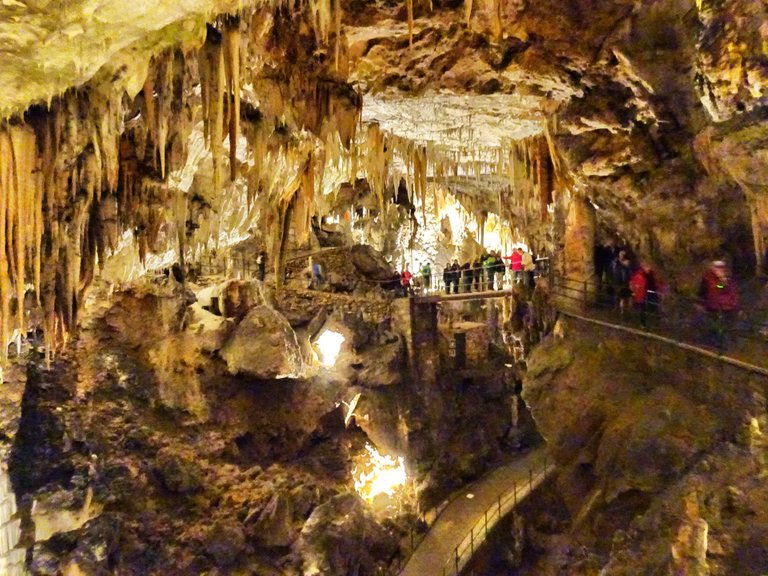
Thank you for reading and if you like my work please follow me on Hive, Travelfeed or Steem or visit my homepage koenau.de
A few more pictures:
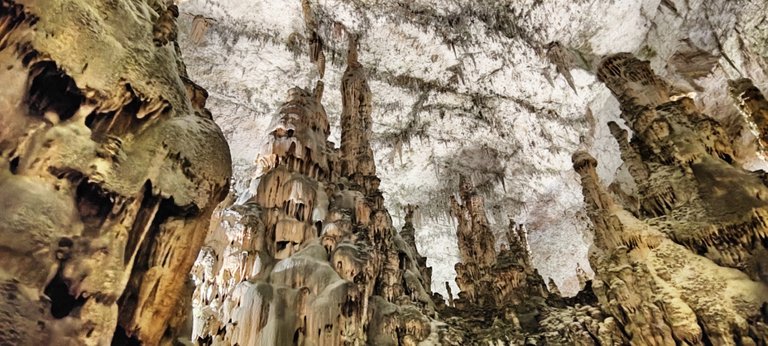 Castles and skyscrapers deep down in the earth
Castles and skyscrapers deep down in the earth
 Panorama
Panorama
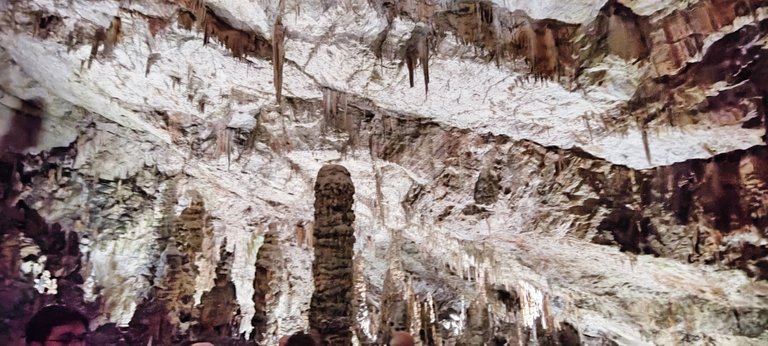 Not what you may think...
Not what you may think...
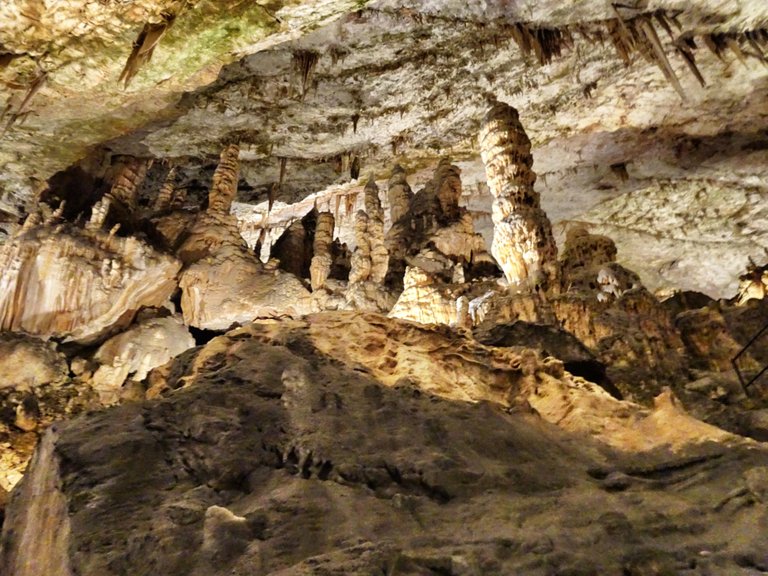 It's a rock, only a rock
It's a rock, only a rock
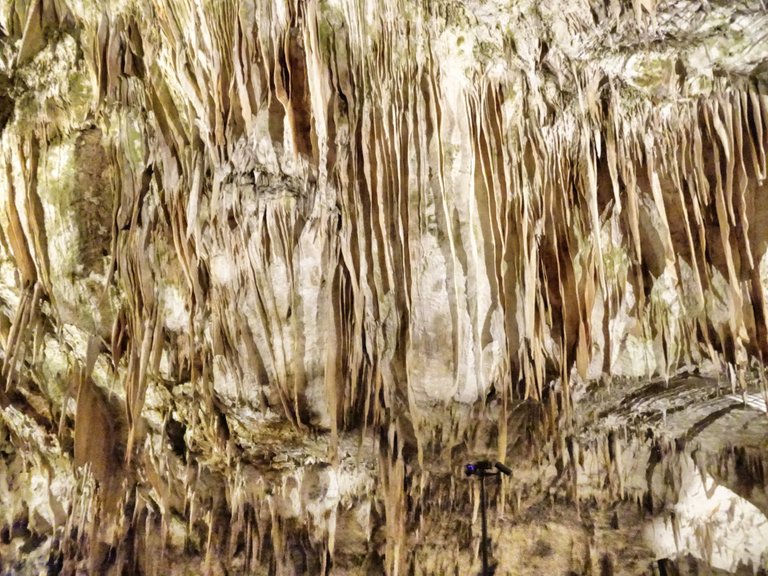
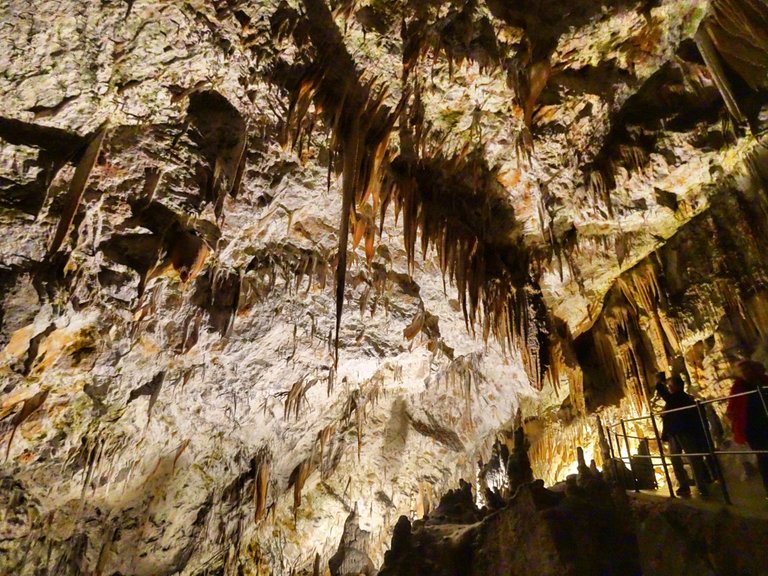
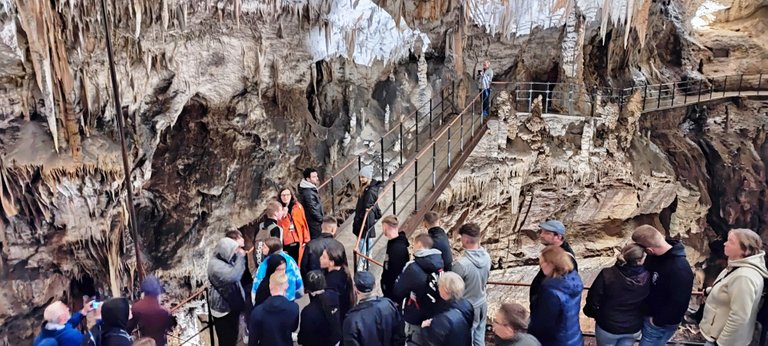

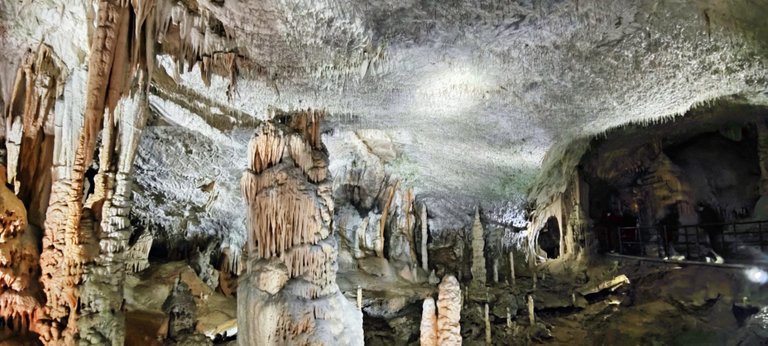
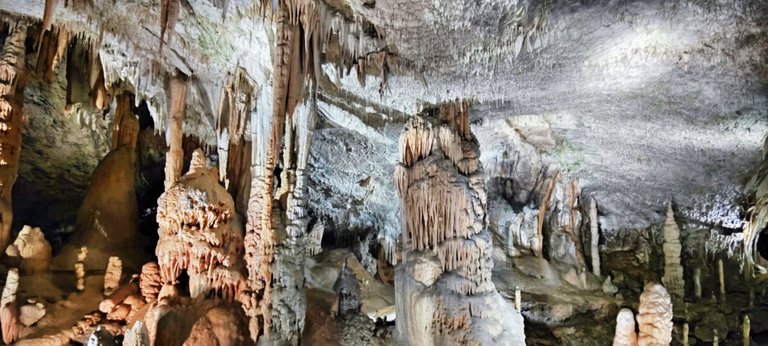
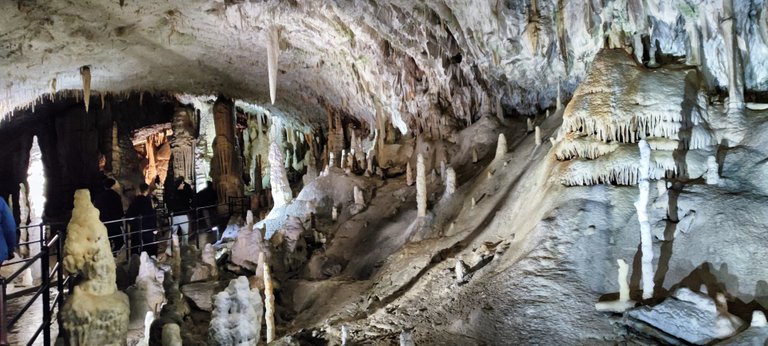
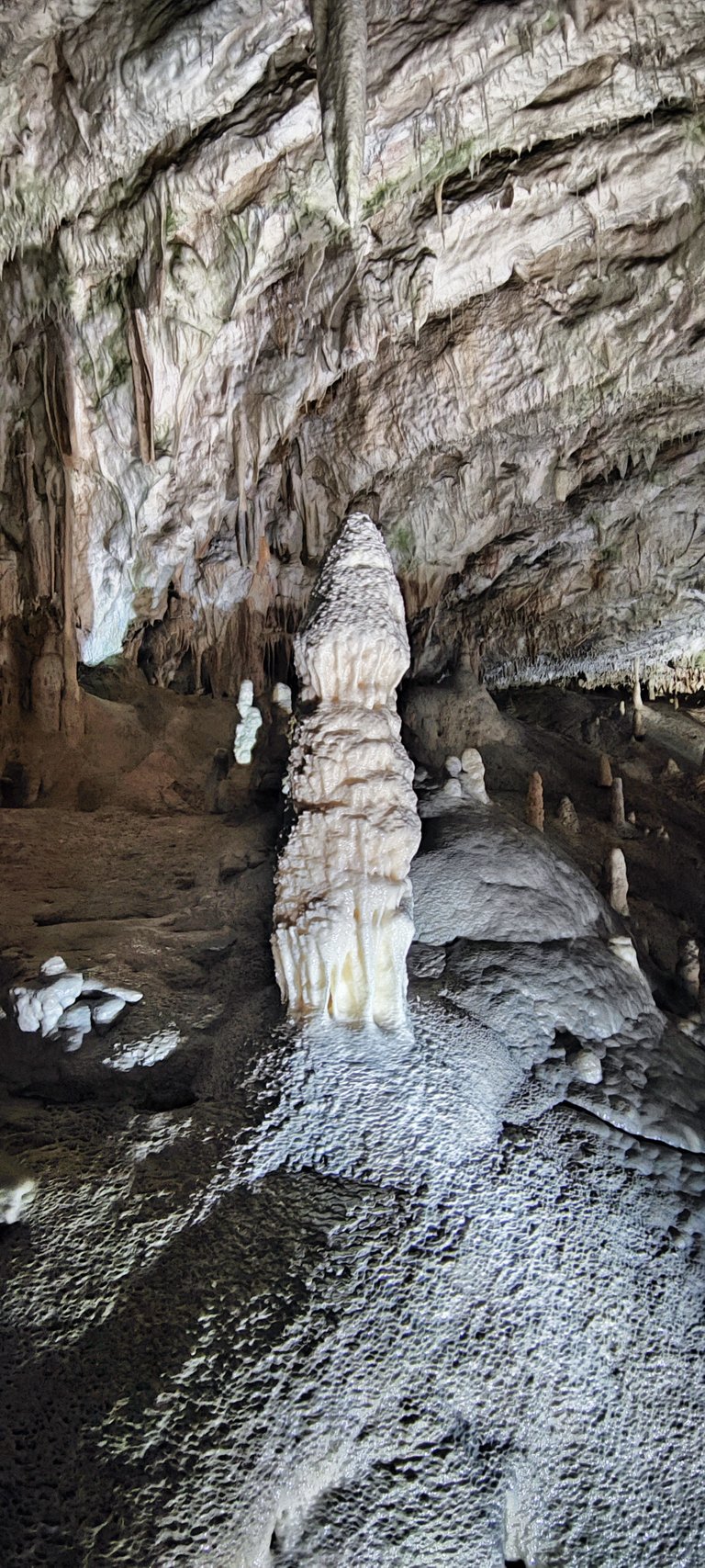 This is the famous "Brilliant"
This is the famous "Brilliant"
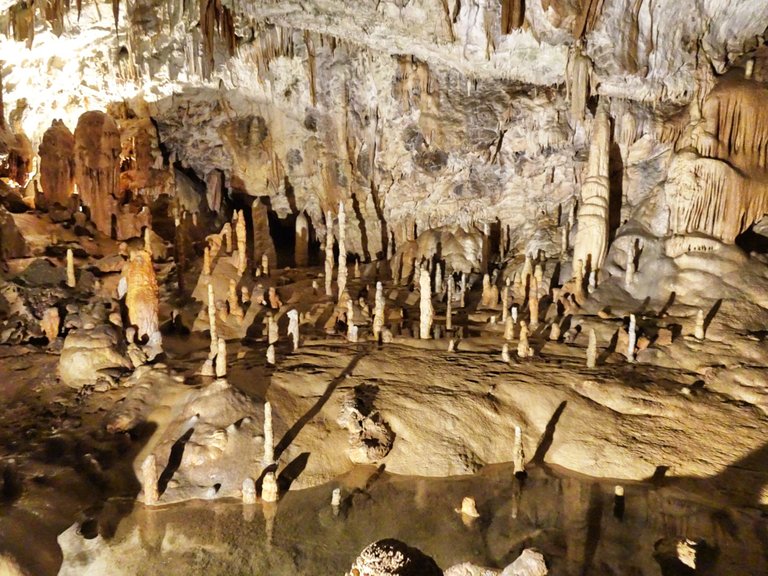
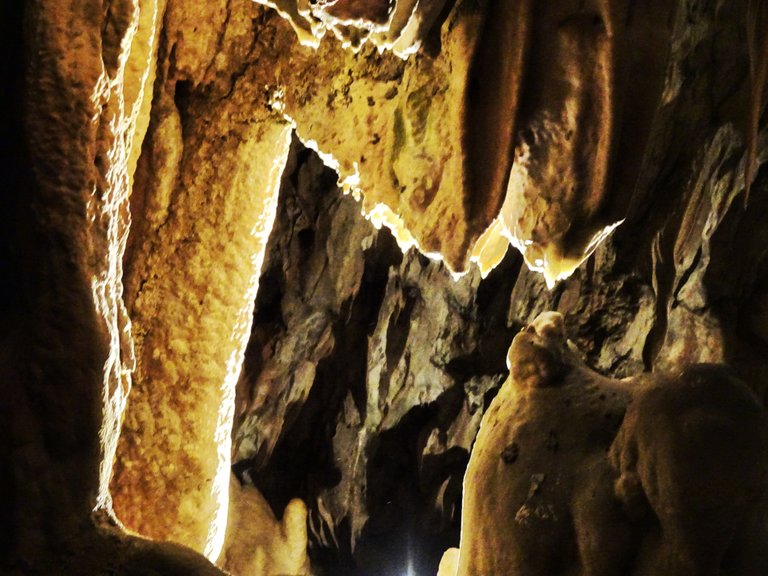
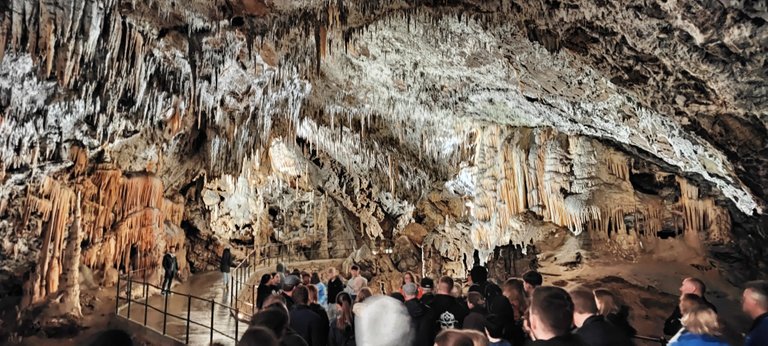
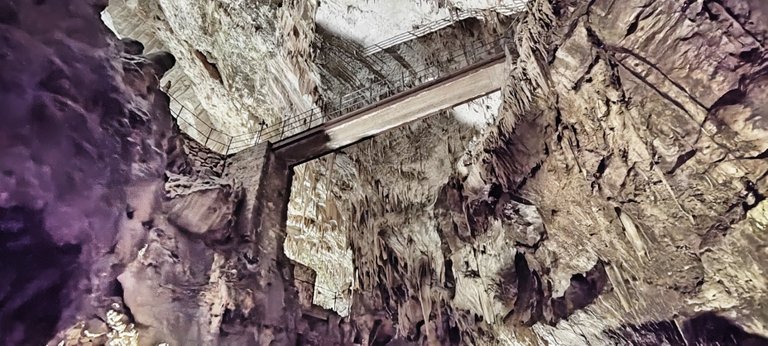
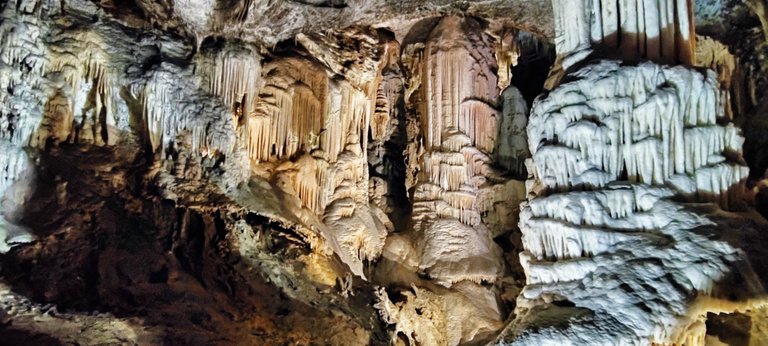
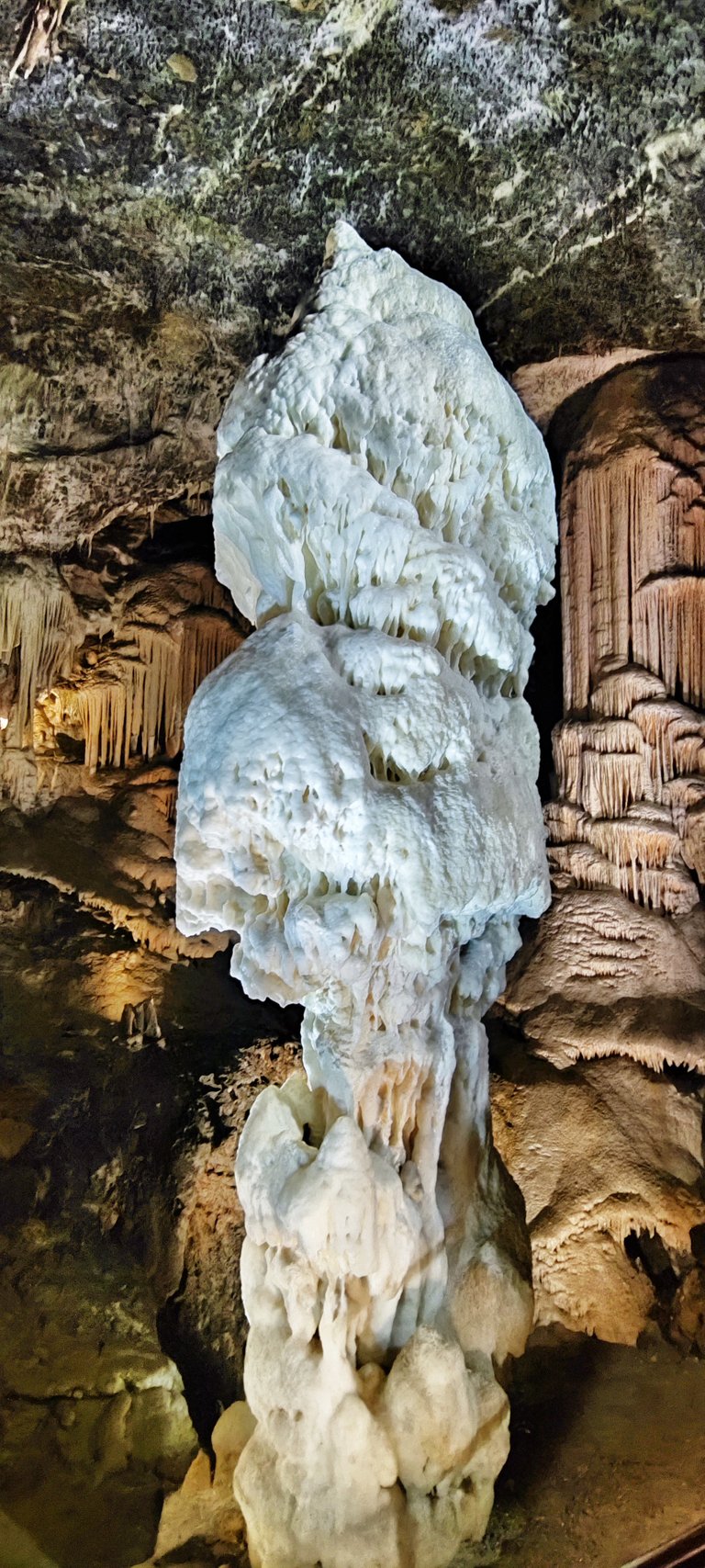

It looks absolutely stunning.
Wow! It's my first time reading about this place. Another one added to the bucket list. Thanks for taking us with you through these post.
Congratulations @koenau! You received the biggest smile and some love from TravelFeed! Keep up the amazing blog. 😍 Your post was also chosen as top pick of the day and is now featured on the TravelFeed.io front page.
Thanks for using TravelFeed!
@for91days (TravelFeed team)
PS: You can now search for your travels on-the-go with our Android App. Download it on Google Play
Thank you so much. It's always a pleasure
Congratulations, your post has been added to Pinmapple! 🎉🥳🍍
Did you know you have your own profile map?
And every post has their own map too!
Want to have your post on the map too?
!PIZZA !wine
Hiya, @LivingUKTaiwan here, just swinging by to let you know that this post made it into our Honorable Mentions in Daily Travel Digest #1801.
Your post has been manually curated by the @pinmapple team. If you like what we're doing, please drop by to check out all the rest of today's great posts and consider supporting other authors like yourself and us so we can keep the project going!
Become part of our travel community:
Hi @koenau, your post has been upvoted by @bdcommunity courtesy of @rehan12!
Support us by voting as a Hive Witness and/or by delegating HIVE POWER.
JOIN US ON
Congratulations @koenau! You have completed the following achievement on the Hive blockchain And have been rewarded with New badge(s)
Your next target is to reach 85000 upvotes.
You can view your badges on your board and compare yourself to others in the Ranking
If you no longer want to receive notifications, reply to this comment with the word
STOPCheck out our last posts: